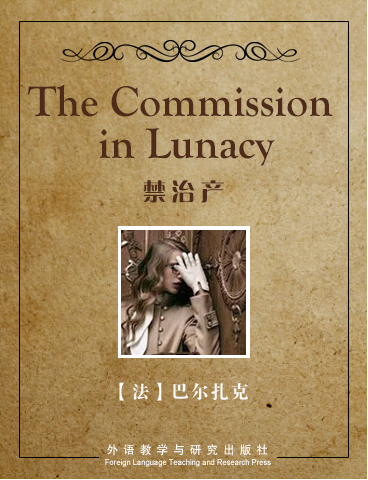
↑ 6.0 6.1 (2001) The invisible plague: the rise of mental illness from 1750 to the present, Rutgers University Press.↑ (1986) Amateurs, photography, and the mid-Victorian imagination, University of Chicago Press.↑ Wright, David: "Mental Health Timeline", 1999.Documents on health and social services, 1834 to the present day, Taylor & Francis.

↑ Unsworth, Clive."Law and Lunacy in Psychiatry's 'Golden Age'", Oxford Journal of Legal Studies.Edward Nugent, Earl of Milltown (appointed 1889).Robert Wilfred Skeffington Lutwidge (appointed 1855).James Cowles Prichard (1845-1848), Medical, in place of Southey who resigned.Edward Seymour, 12th Duke of Somerset, Lay (1845-1852).Robert Vernon, 1st Baron Lyveden, Lay (1845-1860).Anthony Ashley-Cooper, 7th Earl of Shaftesbury, Lay, chair (1845-1885).Henry Herbert Southey, Medical (1845-1848).The Mental Deficiency Act 1913 replaced the Commission by the Board of Control for Lunacy and Mental Deficiency. He had previously been one of the Metropolitan Commissioners, and later become an Inspector of the Commission. The first Secretary to the Commissioners was Robert Wilfred Skeffington Lutwidge, a barrister and uncle of Lewis Carroll. The duty of the Commission was to establish and carry out the provisions of the Act, reporting to the Poor Law Commissioners (in the case of workhouses) and to the Lord Chancellor. The other five lay members of the commission were all honorary members that simply had to attend board meetings. The six members of the commission that were full-time and salaried were made of up three members of the legal system and three members of the medical community. The Commission was monumental as it was not only a full-time commission, but it was also salaried for six of its members. The Lunacy Commission was made up of eleven Metropolitan Commissioners: three medical, three legal and five laymen. EstablishmentĪnthony Ashley-Cooper, Seventh Earl of Shaftesbury was the head of the Commission from its founding in 1845 until his death in 1885. c.64), these were established as the Commissioners in Lunacy and after 1845 they were retitled Masters in Lunacy.

The Lord Chancellor's jurisdiction over lunatics so found by writ of De Lunatico Inquirendo had been delegated to two Masters in Chancery. By 1842 their remit had been extended from London to cover the whole country. With an appendix.The predecessors of the Commissioners in Lunacy were the Metropolitan Commissioners in Lunacy, dating back to the Madhouses Act 1774, and established as such by the Madhouses Act 1828. Report by Her Majesty's commissioners appointed to inquire into the state of lunatic asylums in Scotland and the existing law in reference to lunatics and lunatic asylums in that part of the United Kingdom. Proquest LLC Cambridge 2006 Australian/Harvard Citation


 0 kommentar(er)
0 kommentar(er)
